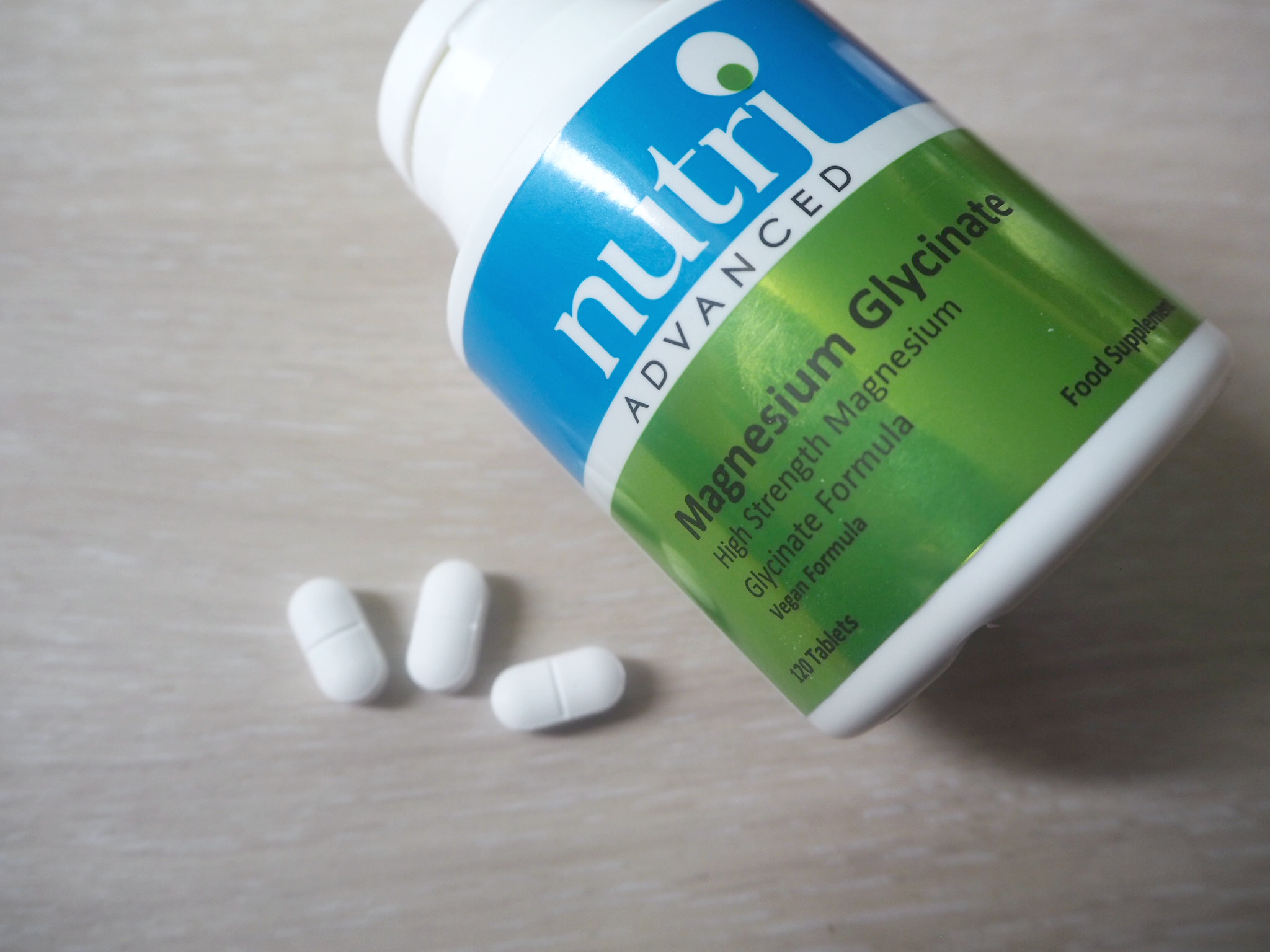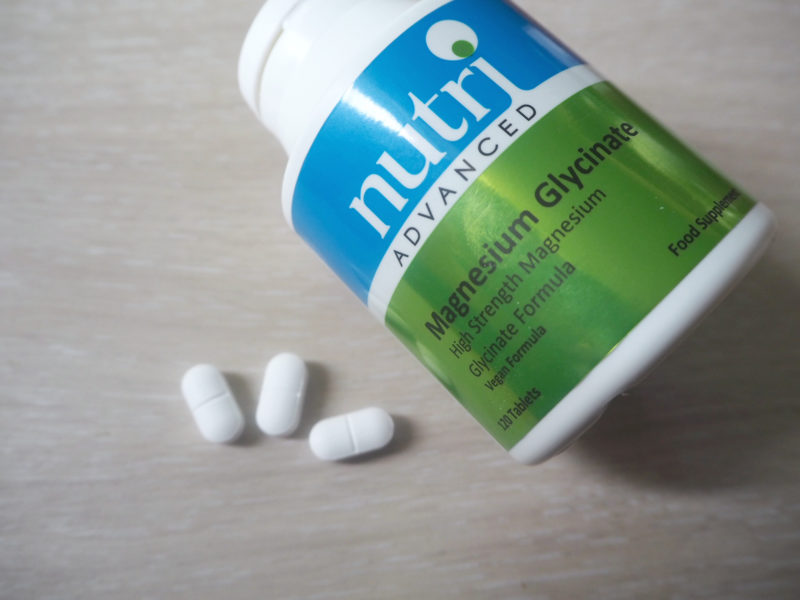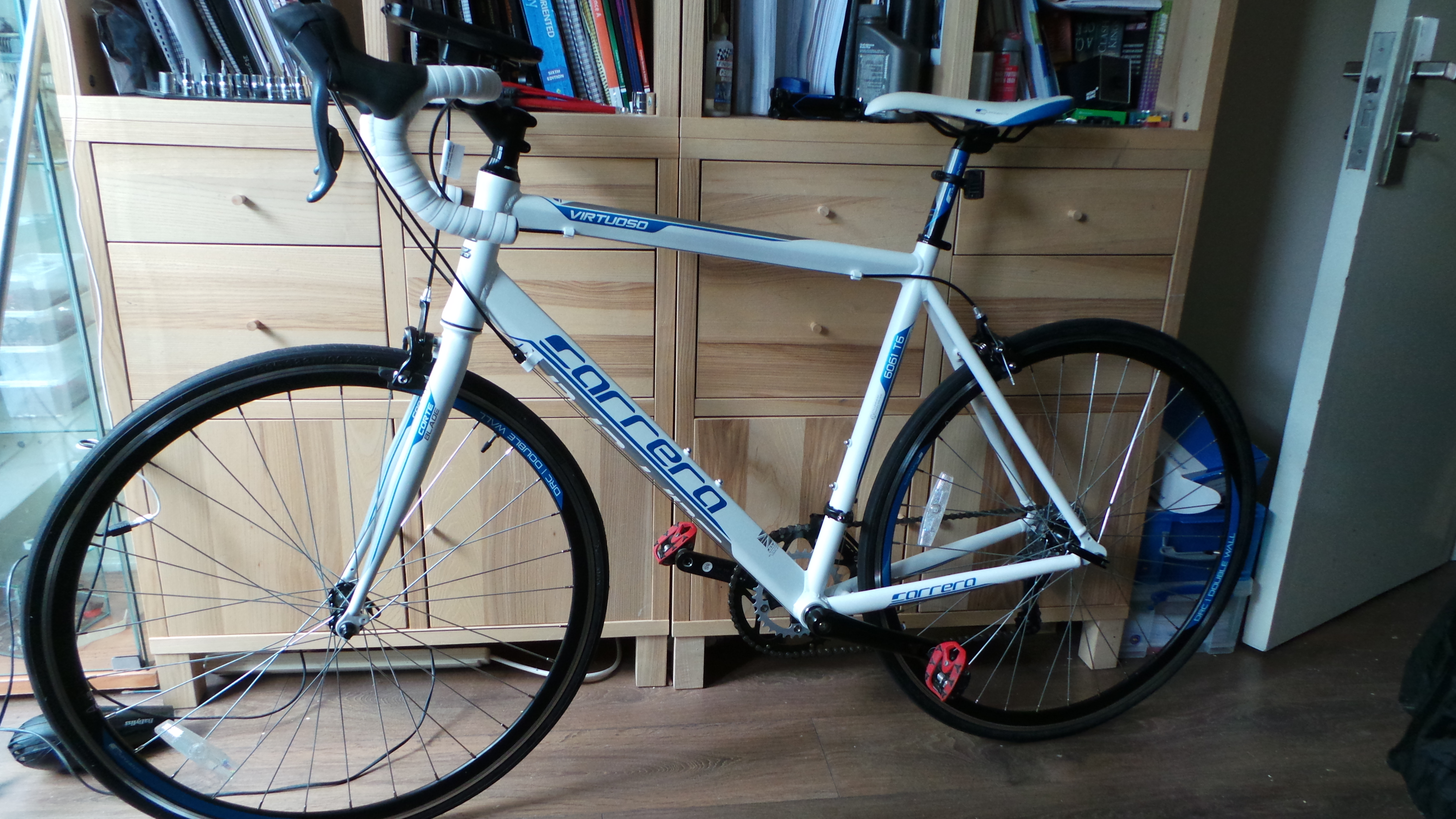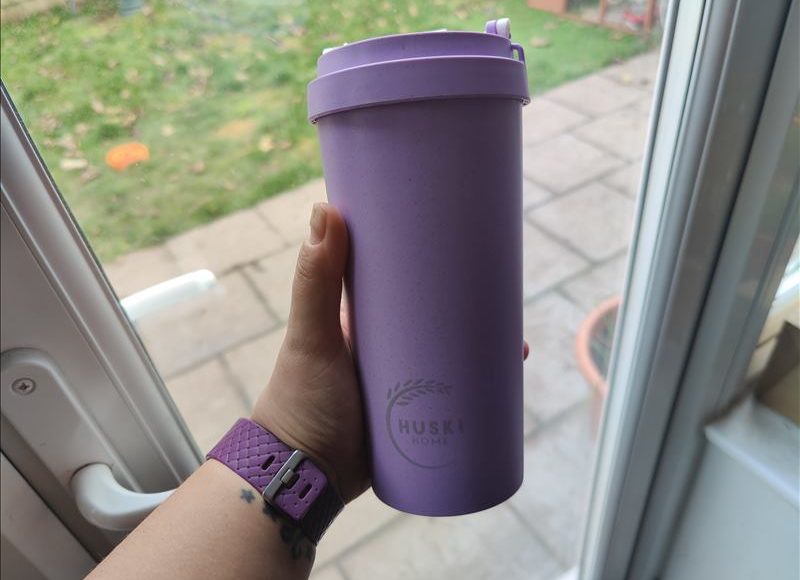Best Sources of Magnesium

As a vegetarian, I know that I should be keeping an eye on my iron and vitamin B intake, however, I had not realised until recently that magnesium deficiency has been increasing amongst the population and can have an effect on health.
Referred to as a modern day silent epidemic or the ‘invisible deficiency’ due to it being difficult to detect in a clinical setting magnesium deficiency can lead to hyperexcitability, muscular symptoms (cramps, tremor, fasciculations, spasms, tetany, weakness), fatigue, loss of appetite, apathy, confusion, insomnia, irritability, poor memory, and reduced ability to learn.
Sadly, a typical Western diet falls miserably short when it comes to supplying magnesium with refined and processed foods being stripped of this vital mineral before it even reaches our plates. There are a number of ways to ensure that you are getting enough of this important mineral, so here are my 3 best sources of magnesium.
Supplements
Like most vitamins and minerals magnesium can be taken in the form of nutritional supplements in pill form. The amount of research regarding the benefits of magnesium and the need to take magnesium supplements to counteract a deficiency is staggering.
Magnesium supplements are available in a variety of forms, when I was looking for a supplement my husband, an Osteopath, informed me that Magnesium Glycinate would be the best form as it is highly absorbable. I found my Magnesium Glycinate amongst the NutriAdvanced range of magnesium which are manufactured to GMP standards and deliver larger dosages of magnesium than cheaper alternatives.
As with any supplement, it is important to know how much you should be taking per day. For 14–18 years: 410 mg for men; 360 mg for women, 19–30 years: 400 mg for men; 310 mg for women, Adults 31 years and older: 420 mg for men; 320 mg for women. Make sure to read the information on the bottle before consuming!
Diet
The obvious way to up your magnesium is to consume more in your diet. Juicing leafy green vegetables such as spinach and kale is a great way to add a more concentrated hit of magnesium into your diet. Keep alcohol intake to a minimum; alcohol can interfere with the body’s absorption of vitamin D, which in turn can affect magnesium absorption.
Fizzy drinks and caffeine are also associated with lower magnesium levels. Minimise intake of refined sugar – excess sugar can lead to increased excretion of magnesium.
Top 10 magnesium-rich foods:
- Quinoa
- Pumpkin Seeds
- Spinach
- Swiss Chard
- Black beans
- Beet Greens
- Sesame seeds
- Summer squash
- Turnip greens
- Soybeans
Topical Application
As an alternative, it is possible to use topical products for a boost in magnesium. This is a safe method of increasing magnesium intake beyond that possible with oral supplements as some people do not agree with oral supplements. For example, Epsom salt baths or foot baths are a good way to increase magnesium levels as they absorb into your body through your skin.
As an Osteopath, my husband often uses a magnesium oil spray which when applied directly to the body absorbs directly into the skin tissue, naturally repairing and relaxing muscles which is perfect for workout recovery especially when combined with a sports massage.






